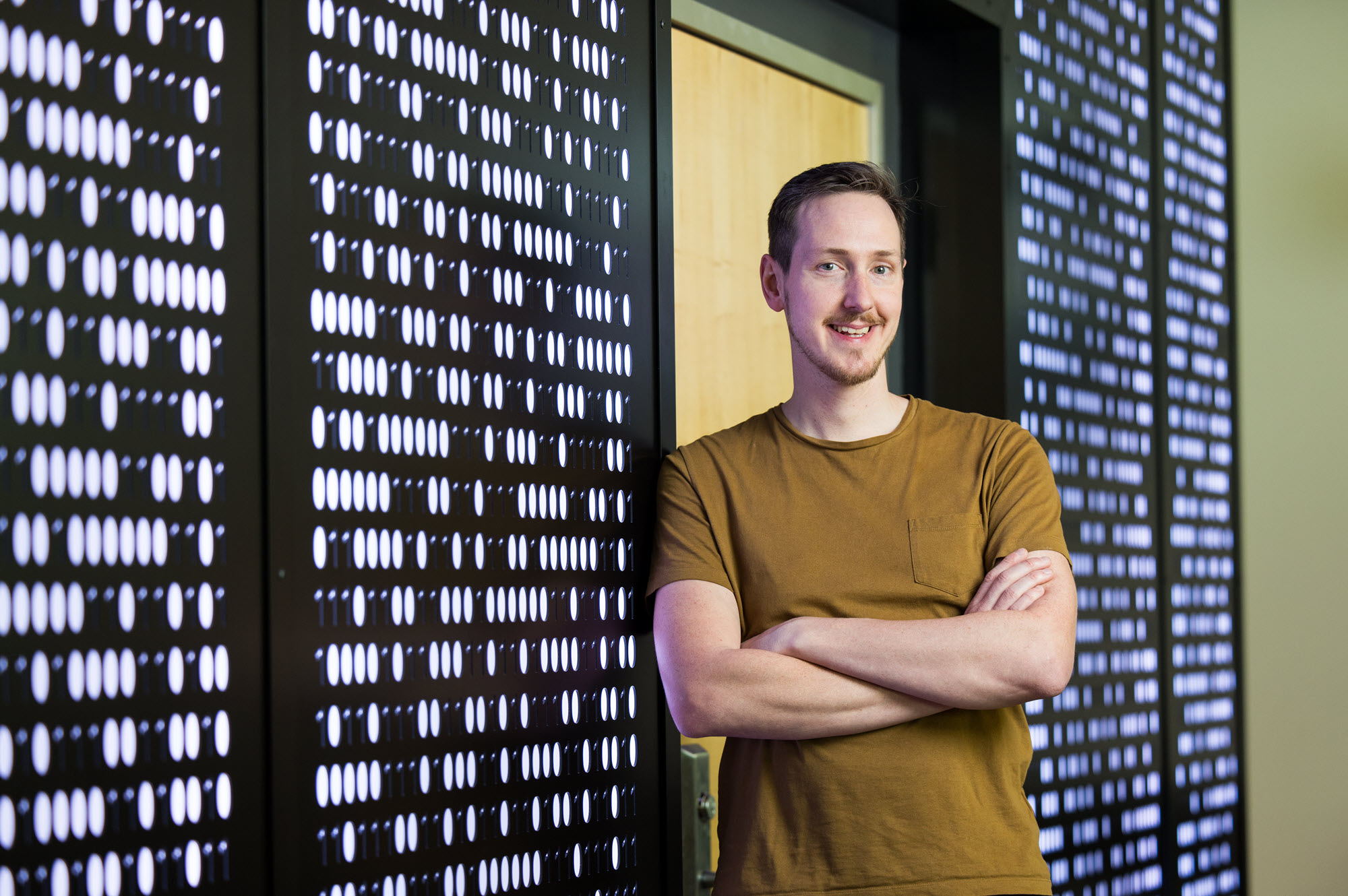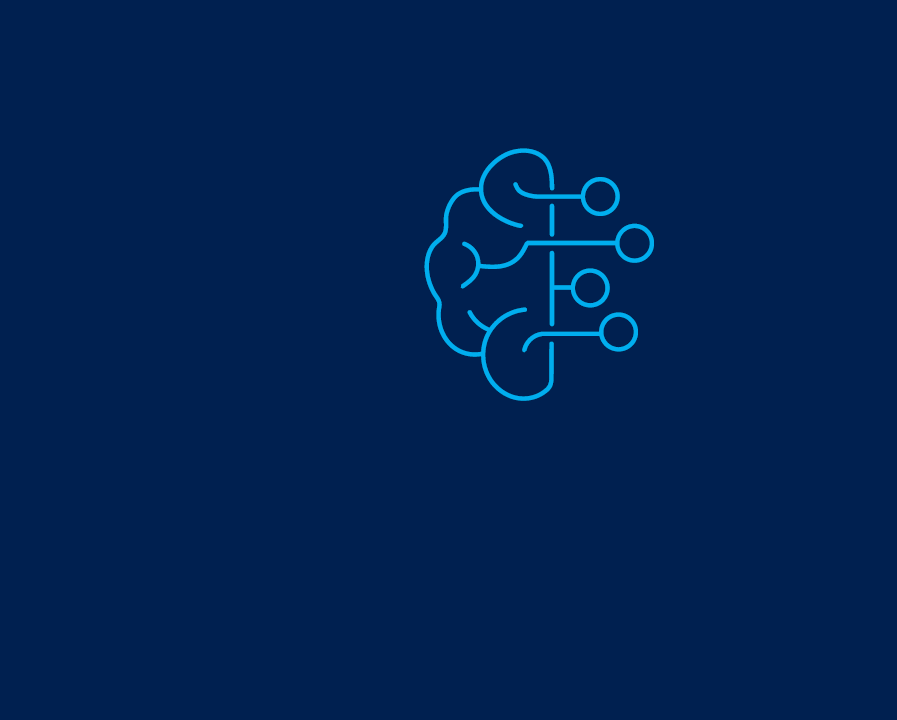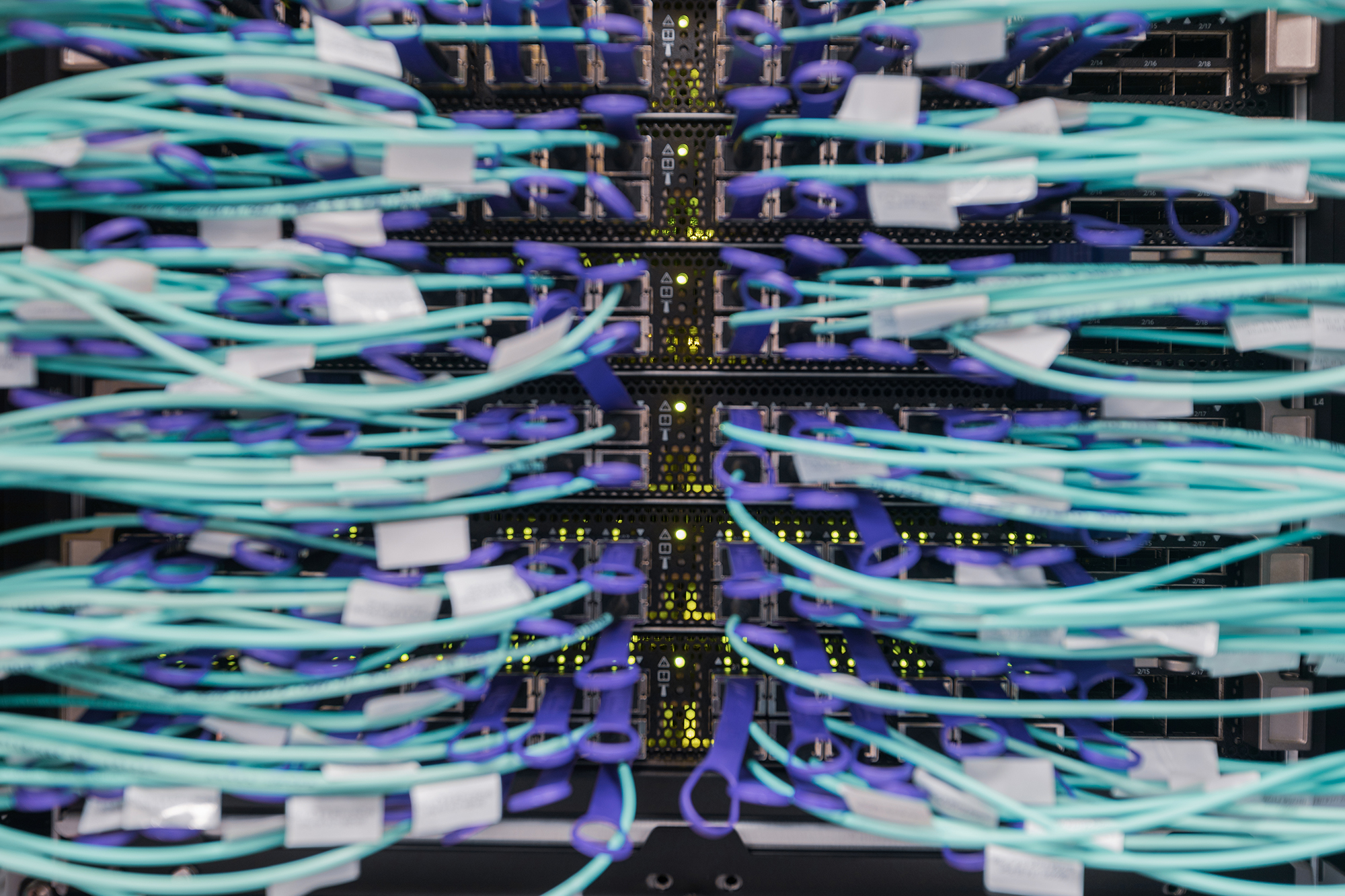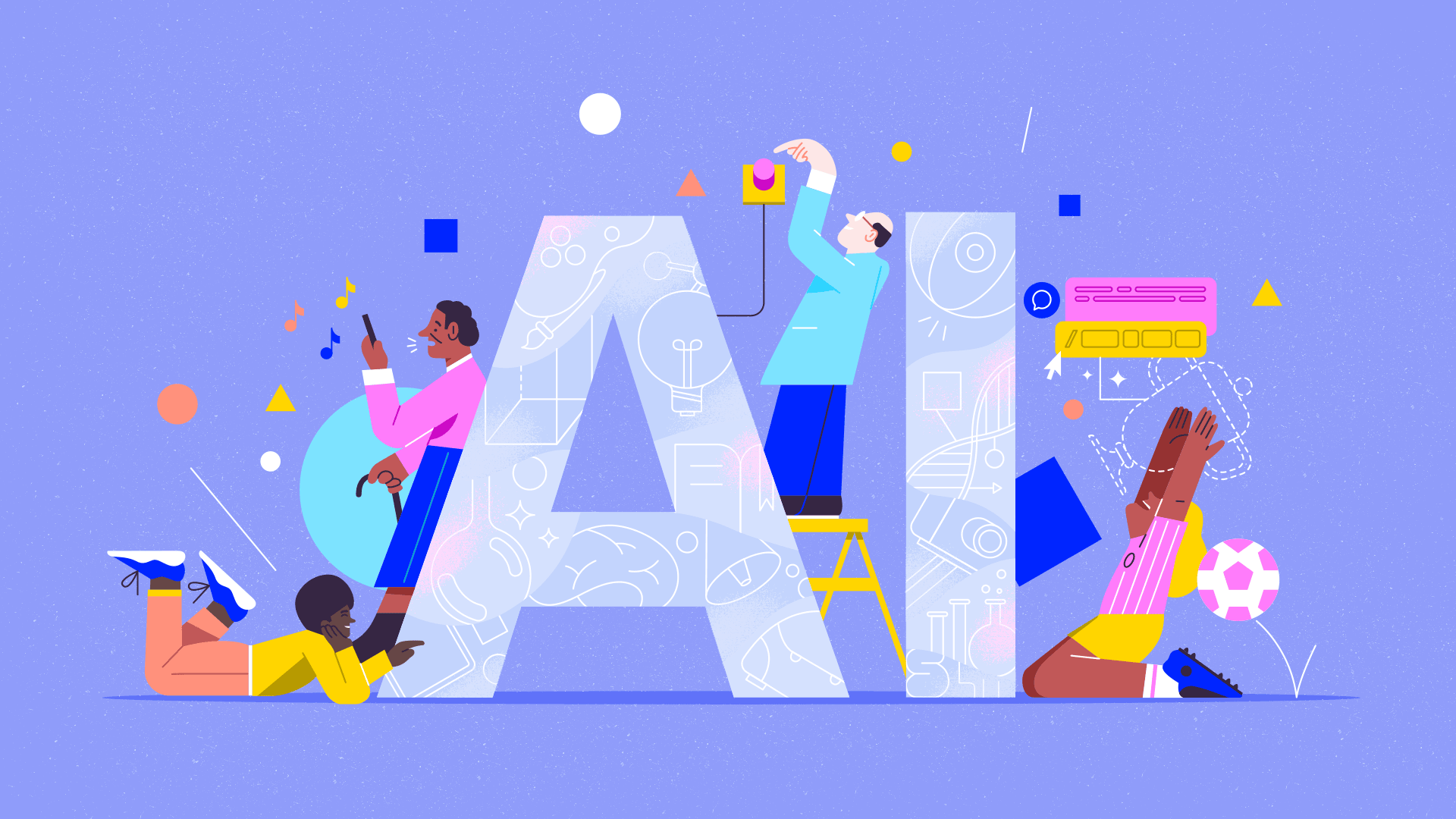
Top AI news
- Update on Recall security and privacy architecture
- Microsoft 365 Copilot Wave 2: Pages, Python in Excel, and agents
- Introducing o1: OpenAI’s new reasoning model series for developers and enterprises on Azure
- Accelerating AI app development with Azure AI and GitHub
- Top things to know about Copilot+ PCs from Microsoft Surface, available today
- What’s next: Microsoft Build continues the evolution and expansion of AI tools for developers
- From code to production: New ways Azure helps you build transformational AI experiences
- Introducing Copilot+ PCs
- Leading in the era of AI: How Microsoft’s platform differentiation and Copilot empowerment are driving AI Transformation
- With a systems approach to chips, Microsoft aims to tailor everything ‘from silicon to service’ to meet AI demand
- Global governance: Goals and lessons for AI
- Another important step in advancing responsible AI to serve the world
- Microsoft Trustworthy AI: Unlocking human potential starts with trust
- Protecting the public from abusive AI-generated content
- Sustainable by design: Transforming datacenter water efficiency
- Providing further transparency on our responsible AI efforts
- Trustworthy and Responsible AI Network expands to help European healthcare organizations enhance the quality, safety and trustworthiness of AI in health
- Advancing AI responsibly: Global perspectives on inclusive AI
- Our 2024 Environmental Sustainability Report
- Protecting the data of our commercial and public sector customers in the AI era
- Advancing AI responsibly
- Meeting the moment: combating AI deepfakes in elections through today’s new tech accord
- GraphRAG auto-tuning provides rapid adaptation to new domains
- Eureka: Evaluating and understanding progress in AI
- Microsoft Research Forum Episode 4: The future of multimodal models, a new “small” language model, and other AI updates
- From forecasting storms to designing molecules: How new AI foundation models can speed up scientific discovery
- Microsoft Research Forum Episode 3: Globally inclusive and equitable AI, new use cases for AI, and more
- Large-scale pathology foundation models show promise on a variety of cancer-related tasks
- GigaPath: Whole-slide foundation model for digital pathology
- How AI can help cancer patients receive personalized and precise treatment faster
- GHDDI and Microsoft Research use AI technology to achieve significant progress in discovering new drugs to treat global infectious diseases
- Orca-Math: Demonstrating the potential of SLMs with model specialization
- Scaling early detection of esophageal cancer with AI
Building AI responsibly

Understanding ungrounded content
Discover Microsoft’s efforts to reduce AI “hallucinations” and enhance AI reliability, setting new standards in trustworthiness.
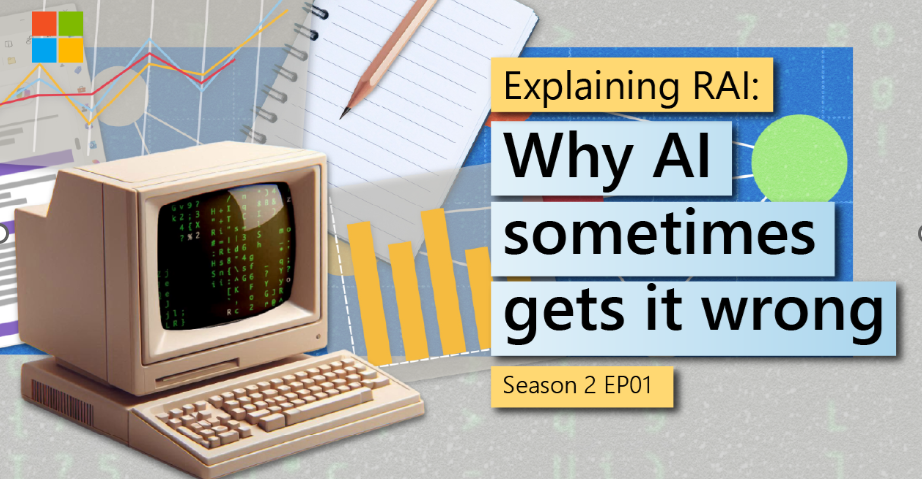
Video: Why AI sometimes gets it wrong
Learn more about the tools we have put in place to measure, detect and reduce inaccuracies and ungrounded content

Keeping AI safe
Explore the efforts of Microsoft’s Red Team in safeguarding AI technologies.
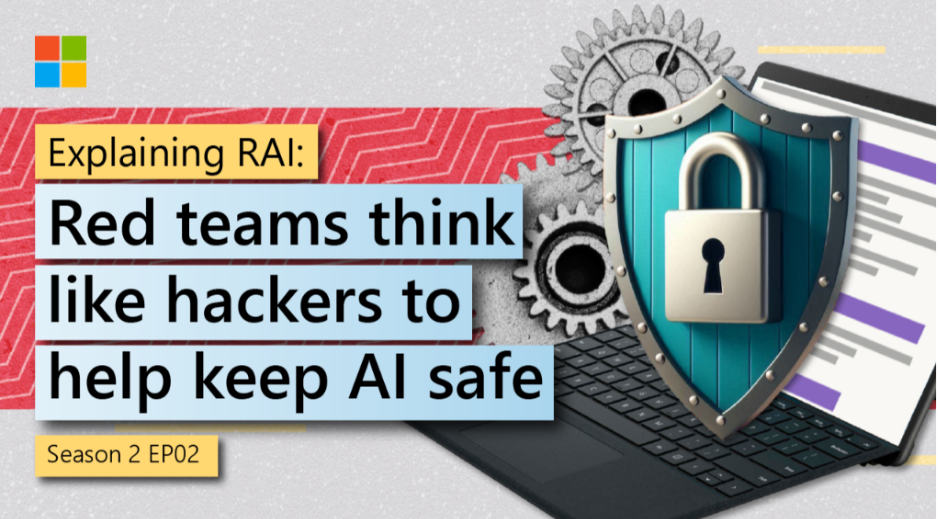
Video: Red teams think like hackers
Meet our AI Red Team: neuroscientists, linguists and cybersecurity experts, uniting to make our AI more secure and responsible.

Measuring AI performance
Learn how Microsoft is developing innovative methods to mitigate risks in AI systems.

Boosting content transparency
AI can create realistic but misleading content. Stay informed about Microsoft’s latest techniques to detect and avoid deepfakes.
AI stories

An AI companion for everyone

Smart ways students are using AI

How to use AI in 3 simple steps: Just ASK

7 ways AI makes life easier on the go
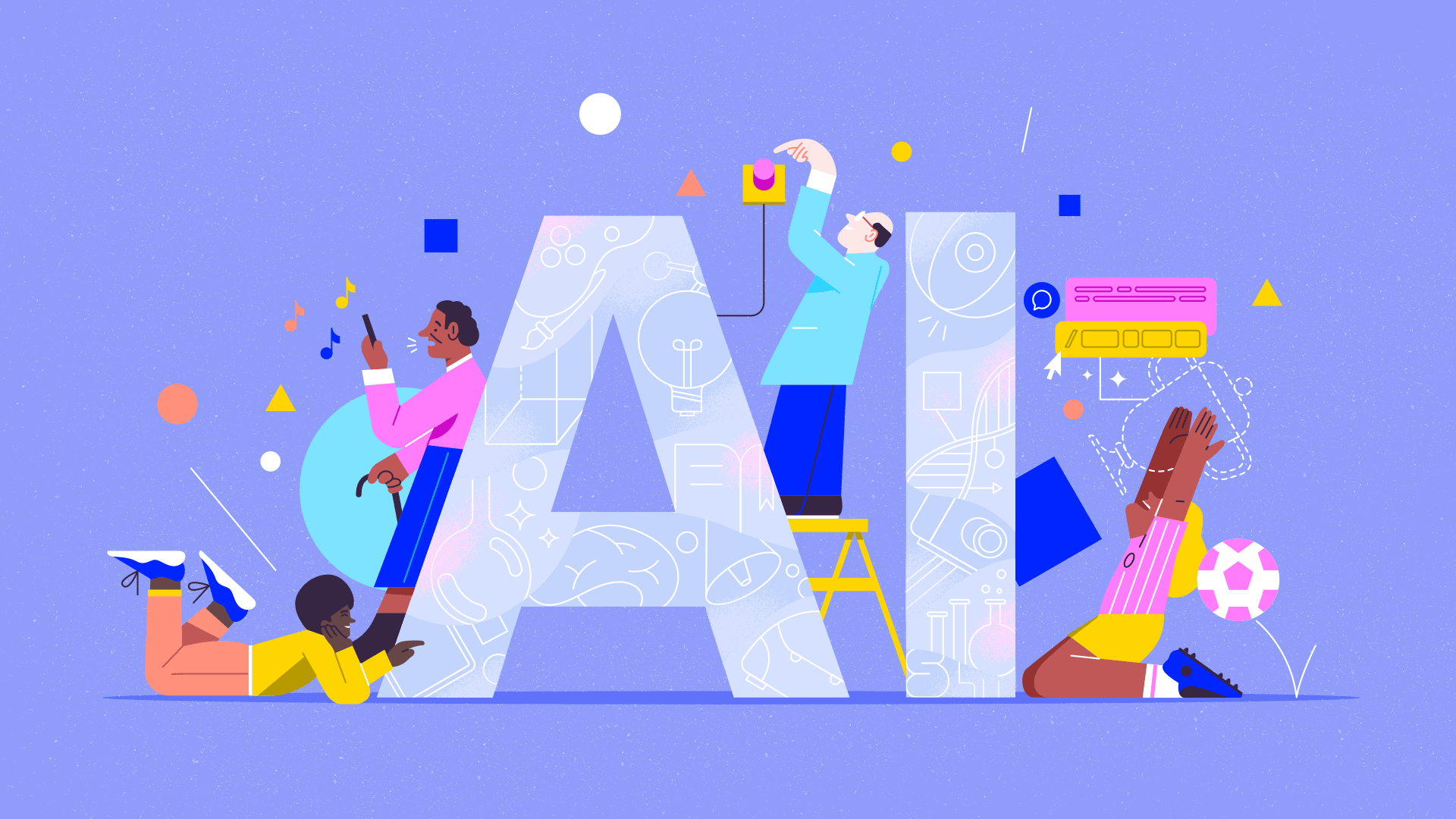
3 big AI trends to watch in 2024

Inventive ways people are using AI
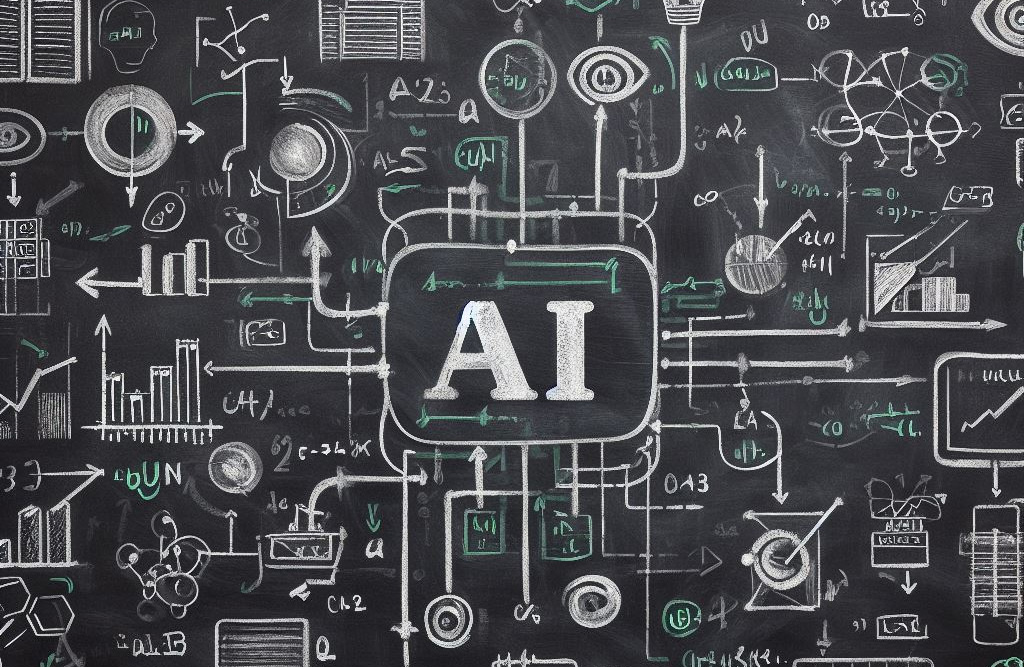
4 misconceptions about AI

10 AI terms everyone should know
Our AI work
Microsoft AI FAQs
Learn more about our unique approach to AI
What is Microsoft’s approach to AI?
AI is one of the most transformative technologies of our time – it will unlock profound possibilities for people, industry and society. It’s our goal to democratize our breakthroughs in AI to help people and organizations be more productive and go on to solve the most pressing problems of our society. Microsoft is focused on ensuring AI’s benefits can be shared broadly and responsibly.
We’re making long-term investments in AI because we’re optimistic about what it can do to help people, industry and society. Through cutting-edge advancements from Microsoft Research, platform innovations with Azure and products like Copilot that help people get more done, we’re committed to bringing technology and people together to realize the promises of AI responsibly.
What are some of Microsoft’s recent advancements in AI?
In 2024, we set our sights on delivering an even more versatile AI experience that puts knowledge and expertise at your fingertips and helps you act on it. We launched a new category of Windows PCs designed for AI, called Copilot+ PCs; brought advanced reasoning, planning and multimodal capabilities to Copilot; expanded our suite of AI tools and models in Microsoft Azure; innovated with new AI model categories like Phi-3; and are exploring novel abilities of science and AI through Microsoft Research and our AI for Good program that benefit humanity.
This year, you’ll see AI’s transformative power in enhancing productivity – helping people learn new skills and advancing industries like healthcare, improving cybersecurity and fueling scientific breakthroughs, all grounded in responsibility and humanity. We’re powering this AI transformation with Copilot and our AI platform, which includes innovations in Azure AI infrastructure and supercomputing, data services and applications that will drive better business outcomes and change the very nature of how we live and work.
What are Microsoft’s AI principles?
Microsoft believes that when you create technologies that can change the world, you must also ensure that the technology is used responsibly. We are committed to creating responsible AI by design. Our work is guided by a core set of principles: fairness, reliability and safety, privacy and security, inclusiveness, transparency, and accountability. These principles guide our research, engineering systems and policy excellence.
At Microsoft, responsible AI is not a filter applied at the end of development, but a foundational part of the process. Employees are trained to assess risk, apply mitigations and then work with a multi-disciplinary team of researchers, engineers and policy experts to review, test and red-team.
Advancing safe, secure and trustworthy AI requires a mix of approaches, including commitments from industry leaders, domestic policies and regulations, and global governance.
Together, we can help realize AI’s potential to be a positive force.
For more information: Providing further transparency on our responsible AI efforts
How is Microsoft working to make AI systems safer?
At Microsoft, engineers are trained to assess AI risk, apply mitigations and then work with a multi-disciplinary team of researchers, engineers and policy expert to review, test and red-team before deployment.
We have responsible AI processes that our AI systems go through, which include reviews by a multidisciplinary team of experts, that helps us understand potential harms and proper mitigations, and we continue to iterate on that process.
Examples of mitigations include refining the dataset used to train models, deploying filters to limit the generation of harmful content, integrating techniques like query blocking on sensitive topics that helps to prevent misuse by bad actors, or applying technology that can return more helpful, representative and diverse responses and results. Another very important safeguard is intentional and iterative deployment.
We take a measured approach to rolling out many of these experiences. We may start with a limited preview with a select number of customers with well-defined use cases in mind. Collaborations with these early customers will help us make sure the responsible AI safeguards are working in practice so we can scale adoption more broadly.
How is Microsoft investing in AI infrastructure?
As a global leader in AI and cloud services, we are investing heavily in advanced AI infrastructure and supercomputing capabilities to support our initiatives and power billions of intelligent experiences each day. Our focus as we continue to expand our AI infrastructure is on performance, scalability and energy efficiency.
In reimagining every aspect of our datacenters to meet the needs of our customers as demand for AI services grows, we took a systems approach to optimizing everything from silicon to software. At its foundation is our breadth of silicon for compute and AI, where we combine the best of our own custom chips with the best of the rest of the industry such as AMD and NVIDIA. These investments give Microsoft the capabilities for training and inferencing the most sophisticated large language models at massive scale, as well as developing some of the most compact small language models with Phi-3.
We also operate some of the world’s most powerful supercomputers, designed for training large language models and other AI applications. Building this infrastructure unlocked the AI capabilities seen in offerings such as OpenAI’s ChatGPT and Microsoft Copilot, and it has established Azure as the place to develop and run large, transformational AI workloads.
Each of these parts is critical to building Azure AI infrastructure and scaling it for the future. Microsoft is continuing to push the boundaries of what’s possible with AI, delivering capabilities such as Copilot, Microsoft 365 and Azure AI to our cloud customers while optimizing for cost and power efficiency. Our ground-up systems approach positions the company to stay ahead of the curve, offering our customers a powerful and tailored AI infrastructure prepared for the steadily changing AI trends and requirements.
How is Microsoft advancing AI innovation worldwide?
We collaborate with customers, governments and civil society to ensure our AI infrastructure benefits everyone. Our investments in AI and datacenters enhance the competitiveness of customers and national economies while addressing societal needs. This goal is central to our investments in Australia, the United Kingdom, Germany, Indonesia, Malaysia, Spain, Kenya, Italy and beyond. In these and other regions, we’ve invested both money and infrastructure to bring AI skills to millions of people, including launching training programs focused on building AI fluency, developing AI technical skills, supporting AI business transformation, and promoting safe and responsible AI development. , including launching training programs focused on building AI fluency, developing AI technical skills, supporting AI business transformation, and promoting safe and responsible AI development.
How does Microsoft approach AI regulation?
We believe technology’s growing role in our day-to-day lives warrants high expectations and scrutiny from society and policymakers. Microsoft has long supported regulating AI to protect fundamental rights and help ensure AI is advanced safely and securely while allowing positive uses. We share learnings, innovations and best practices with decision-makers, researchers, data scientists, developers and others, participating in societal conversations about AI use.
We believe that regulation should:
- 1. Be risk-based, focusing safeguards on the highest risk applications.
- 2. Require action from both developers and deployers of AI to address the context-specific nature of AI risk.
- 3. Utilize impact assessments and system testing to identify and address risks and ensure systems are performing appropriately.
As policies and regulations continue to be debated and implemented, Microsoft is committed to doing our part, particularly around sensitive or high-risk AI uses.
What is Microsoft’s partnership with OpenAI?
Microsoft and OpenAI have partnered closely since 2019, driven by a shared ambition to responsibly advance AI research and make AI accessible to everyone. In 2023, we announced the third phase of our long-term partnership through a multiyear, multibillion-dollar investment to ensure the benefits of AI are broadly shared with the world.
As OpenAI’s exclusive cloud provider, Microsoft Azure powers OpenAI workloads across research, products and API services. We’ve also increased our investments in the development and deployment of specialized supercomputing systems, which OpenAI has used to train its breakthrough models like OpenAI o1 and GPT-4o. OpenAI then relies on Azure’s leading global AI infrastructure to power its consumer and enterprise products, including ChatGPT.
We also deploy OpenAI’s models across our consumer and enterprise products including Microsoft Copilot, Microsoft 365 Copilot, GitHub Copilot and Azure OpenAI Service. This service allows organizations and developers to build cutting-edge AI applications through direct access to OpenAI models backed by Azure’s trusted, enterprise-grade capabilities and AI-optimized infrastructure and tools.
Underpinning all of our efforts is Microsoft and OpenAI’s shared commitment to building AI systems and products that are trustworthy and safe. OpenAI’s leading research on AI Alignment and Microsoft’s Responsible AI Standard not only establish a leading and advancing framework for the safe deployment of our own AI technologies, but will also help guide the industry toward more responsible outcomes.
We’ll continue to work with OpenAI to explore solutions that harness the power of AI, and we’re excited for future collaboration together.
What are some of Microsoft’s latest advancements in AI models and how do you approach model choice?
For many years Microsoft has been on the forefront of AI research and model development. We’ve developed AI models including Turing, and use a variety of techniques and models, including those developed by Microsoft and OpenAI, across our product portfolio. We’ve developed techniques to make models better, faster, cheaper and more capable, and we’re creating state-of-the-art hardware and infrastructure to power them. Most recently, we introduced Phi-3 and Phi-3.5, a family of small open models developed by Microsoft that outperform models in the same size and next-size up categories.
We make Phi as well as other models available in our Azure model catalog for other companies to build on. The Azure AI Model Catalog offers more than 1,600 AI models (LLMs and SLMs) from OpenAI, Mistral AI, Meta, Hugging Face, Deci AI, NVIDIA and Microsoft Research, enabling Azure customers to choose the best model for their use case.
Our aspiration is to deliver innovative solutions that ultimately help our customers thrive by supporting their ability to choose what models they use – proprietary, open-source or both – depending on what works best for their specific business requirements. Each foundational model has unique benefits, and we hope to make it easy for customers to select, fine-tune and deploy them responsibly to maximize the outcome from these tools.
How does Microsoft see AI being used to solve real-world issues?
As we share our learnings with engineers, scientists, researchers, students and others who will use our AI tools in creative ways, we believe this technology has the potential to solve or accelerate progress on some of the biggest societal and planetary challenges our world is facing. For example:
- 1. Sustainability: Using AI to tackle issues like climate change, biodiversity, water and agriculture
- 2. Accessibility: Empowering people with disabilities by developing AI solutions that enhance accessibility and inclusion
- 3. Humanitarian Action: Supporting disaster response, refugees, human rights and the needs of children in order to save more lives, alleviate suffering and restore human dignity
- 4. Health: Accelerating medical research, enhancing health insights and addressing health inequities to improve global health outcomes
- 5. Cultural Heritage: Preserving and enriching cultural heritage
Through the AI for Good Lab, we are working to harness the transformative power of AI to accelerate the impact that people around the world can have in addressing societal issues, including disaster response, food security and conservation. We open-source many of the tools we develop and work with partner organizations to deploy them in the most efficient, effective way possible. We also bring together world-class data scientists to push the boundaries of what’s possible while empowering people through technology, idea sharing and collaboration.
AI voices

Ava Amini
Microsoft Research 1 of 4

Dee Templeton

Kevin Scott
Office of the CTO 3 of 4

Sarah Bird
Office of Responsible AI 4 of 4

